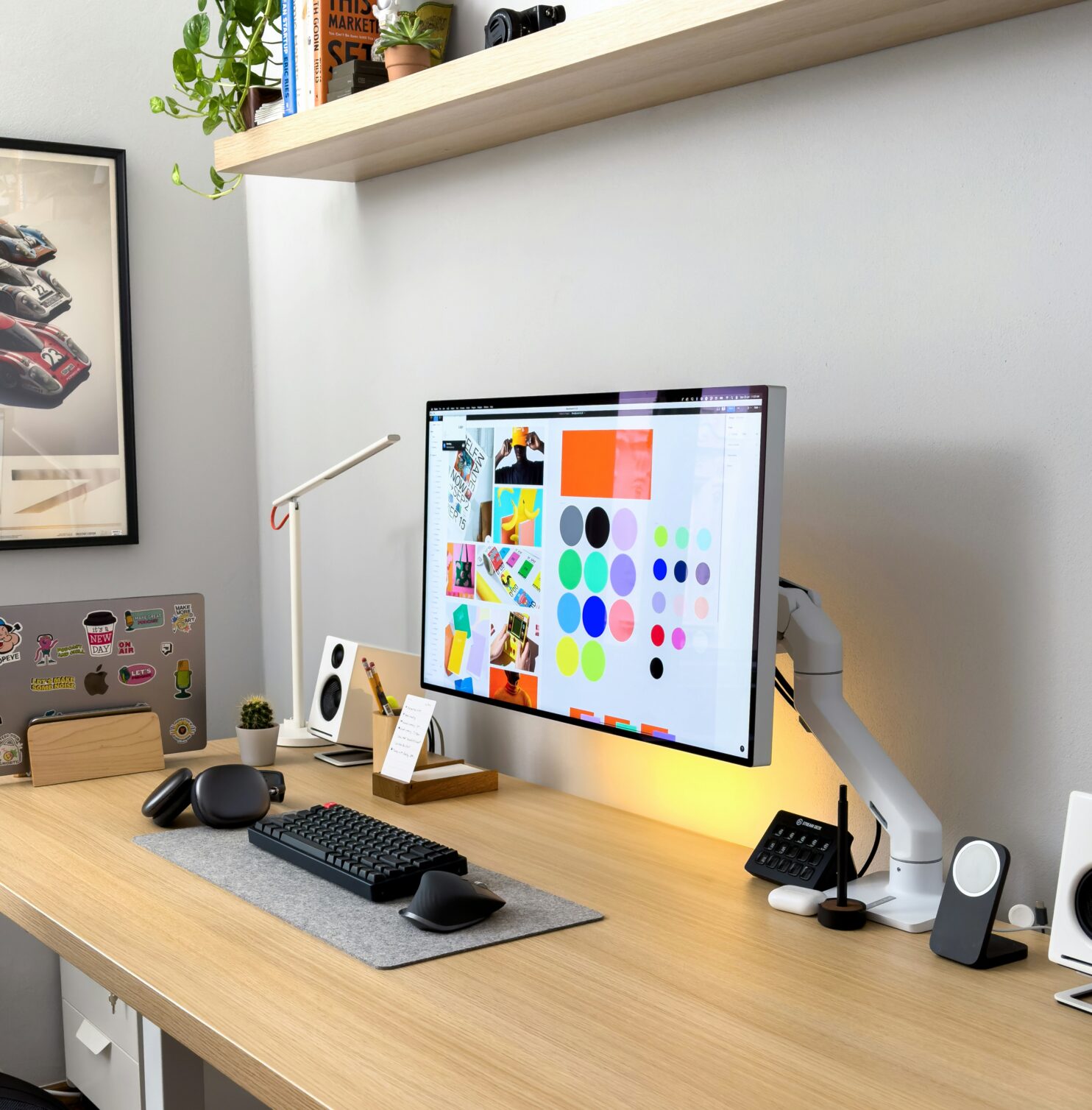Launching an apparel brand is one of the most exciting steps a creator can take. The process blends creativity, strategy, and awareness, and when those pieces come together, it’s incredibly rewarding. Yet, many new brands underestimate just how many moving parts are involved. Without careful planning, important details can slip through the cracks, leading to unnecessary challenges down the road.
At Stars Design Group, we’ve helped founders transform their ideas into thriving brands. Along the way, we’ve noticed some common missteps that tend to surface in the early stages. The good news? With the right preparation, they’re completely avoidable. Below, we’ve outlined five of the most frequent mistakes, and the practical steps you can take to set your brand up for success.
- Overlooking Marketing and Audience Alignment

Designing a beautiful collection is only the beginning. Your product won’t gain traction if your customer doesn’t know it exists, why it matters, or understand how it fits into their lifestyle.
Many new founders skip the step of truly understanding their target customer and their buying journey. Instead, they assume that posting on social media will generate sales, or they wait until inventory is in hand before building awareness. This often leads to a slow start, where valuable time is lost and opportunities to build momentum are missed.
What to do instead:
Lay the groundwork for marketing early, before your first product ships:
- Define your foundation: Craft a brand story, voice, and visual identity that communicate your values and resonate with the people you want to reach.
- Know your customer deeply: Who are they? What do they value? Where do they shop? How do they discover new brands?
- Map the journey: Understand the steps between discovery and purchase. Are they inspired by TikTok content, driven by newsletters, or moved by long-form storytelling?
- Build anticipation: Share behind-the-scenes development, tell your story, and invite your audience into the process.
Marketing works best when it’s rooted in empathy. The more you understand your audience and plan around their habits, the easier it becomes to reach them in meaningful ways.
- Underestimating the Power of Budget Planning
 Finances aren’t the most glamorous part of building a brand, but they are one of the most critical. A common mistake for new founders is underestimating the range of costs involved. It’s easy to focus on production and overlook necessary expenses like sampling, branding, photoshoots, marketing, and logistics. Without a plan, these unaccounted-for costs can cause delays, limit your ability to scale, or create cash flow issues.
Finances aren’t the most glamorous part of building a brand, but they are one of the most critical. A common mistake for new founders is underestimating the range of costs involved. It’s easy to focus on production and overlook necessary expenses like sampling, branding, photoshoots, marketing, and logistics. Without a plan, these unaccounted-for costs can cause delays, limit your ability to scale, or create cash flow issues.
What to do instead:
Build a comprehensive business plan that goes beyond design. A strong plan should include:
- Startup costs: Sampling, development, tech packs, photoshoots, packaging, and website creation.
- Operational expenses: Inventory storage, fulfillment, shipping, customer service, and returns.
- Marketing budget: Paid ads, influencer partnerships, PR outreach, and ongoing content creation.
- Scenarios: How will your business respond if sales are slower than expected? Or if they take off quickly and you need to reorder?
By including all these elements upfront, you gain a realistic view of your financial needs and avoid being caught off guard. A detailed budget gives you freedom to be creative without jeopardizing long-term growth.
- Launching With an Assortment That’s Too Wide (or Too Narrow)
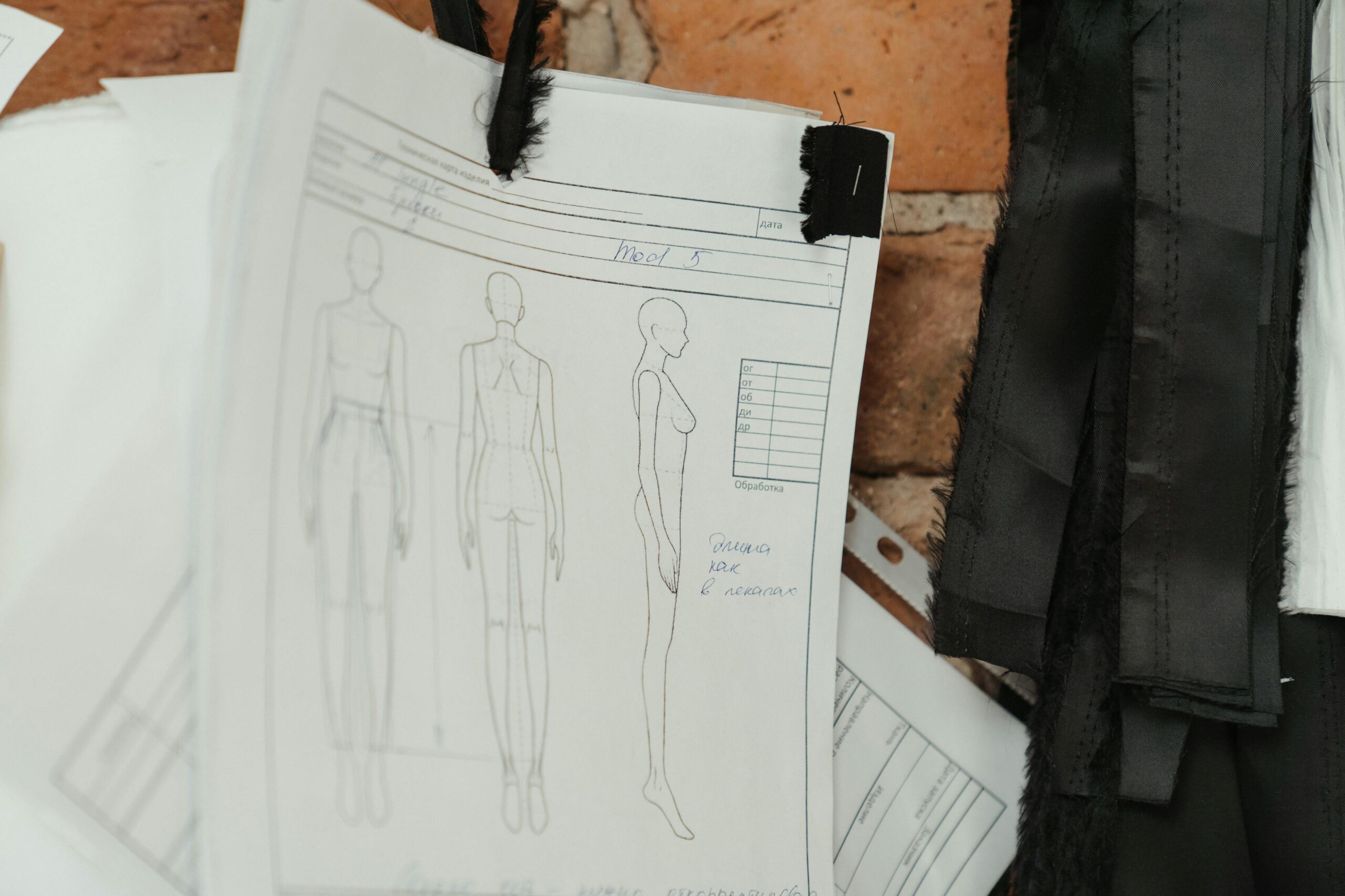
Your launch assortment is your brand’s first impression. If it’s too wide, you risk not having enough depth in each style, size, or color. That can leave you “broken” on popular items quickly, meaning you lose sales and disappoint customers. On the flip side, if your assortment is too narrow, your website may look more like a side project than a business, making it harder for customers to take you seriously or shop beyond one item.
What to do instead:
Approach assortment planning with both creativity and strategy:
- Balance depth and breadth: Choose a manageable number of styles but offer enough depth in key sizes and colors so you don’t run out of bestsellers early.
- Curate with intent: Every piece should connect to your brand identity and work together as a collection. Cohesion makes merchandising easier and builds stronger storytelling.
- Think from the customer’s perspective: How will your website look at launch? Does it feel like a full brand experience? Can customers mix and match pieces?
Starting with a thoughtful, cohesive assortment shows professionalism while protecting you from the risks of being too stretched or too limited.
- Overlooking Sales Channel Strategy
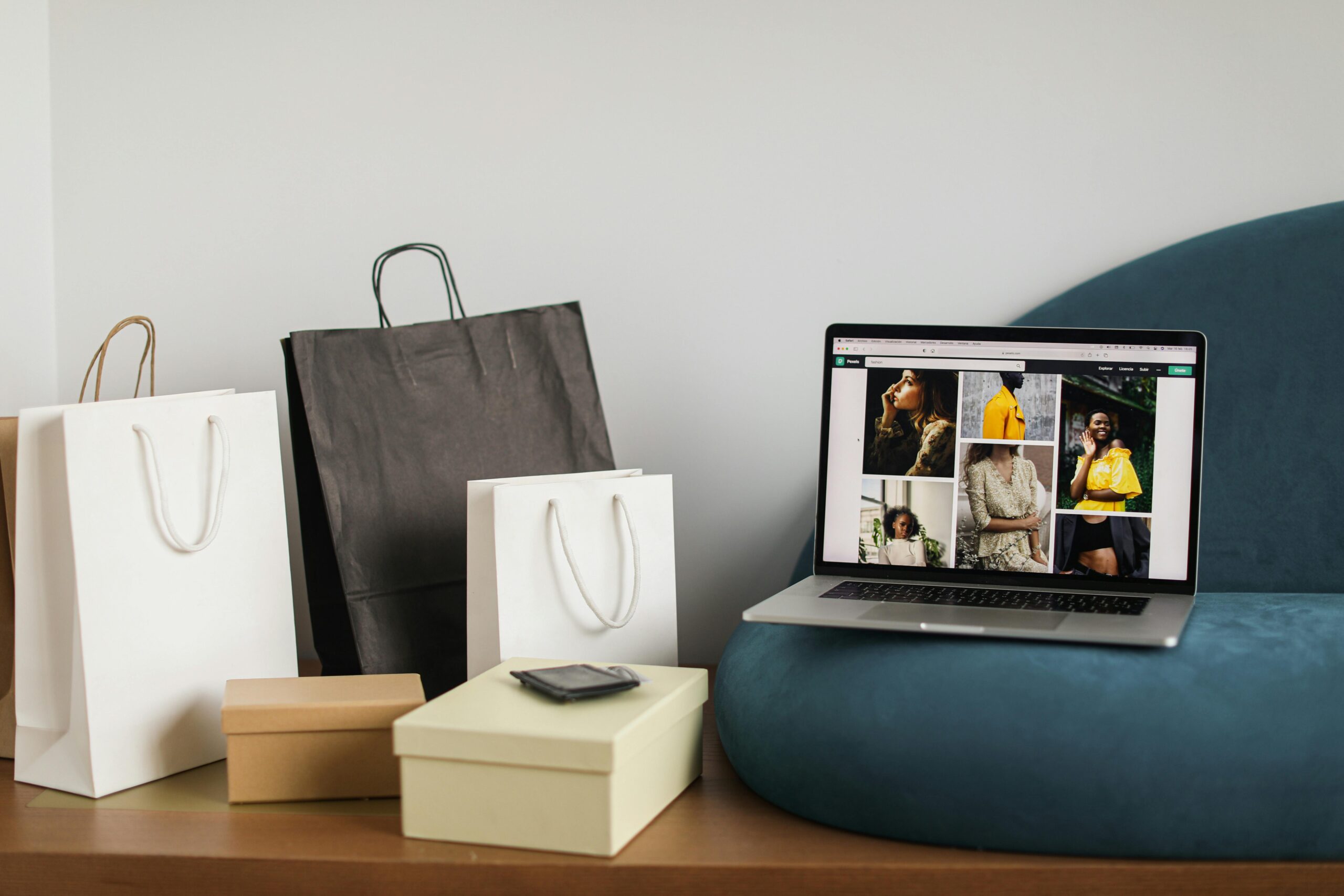 Once you know your customer, the next step is choosing the right way to reach them. A strong product and brand story can still fall flat if the sales channel doesn’t match how your customer prefers to shop. New brands sometimes default to only selling online, or they jump into wholesale without understanding the commitment. Without a clear strategy, it’s easy to spread yourself too thin or miss opportunities.
Once you know your customer, the next step is choosing the right way to reach them. A strong product and brand story can still fall flat if the sales channel doesn’t match how your customer prefers to shop. New brands sometimes default to only selling online, or they jump into wholesale without understanding the commitment. Without a clear strategy, it’s easy to spread yourself too thin or miss opportunities.
What to do instead:
Evaluate the different sales channels available and how they fit into your business model:
- Direct-to-Consumer (Online): Offers control over branding, storytelling, and margins, but requires strong digital marketing and fulfillment capabilities.
- Wholesale: Provides access to established retailers and their customer base, but often involves lower margins, large minimum orders, and stricter timelines.
- Pop-Ups & Events: Great for testing products, gathering customer feedback, and building community, but typically short-term and labor-intensive.
- Hybrid Models: Many successful brands blend channels, starting online and gradually layering in wholesale or event-based sales.
By aligning your sales strategy with where your target customer is most likely to buy, you maximize your reach without overextending your resources.
- Failing to Plan for Fit and Product Development Strategy
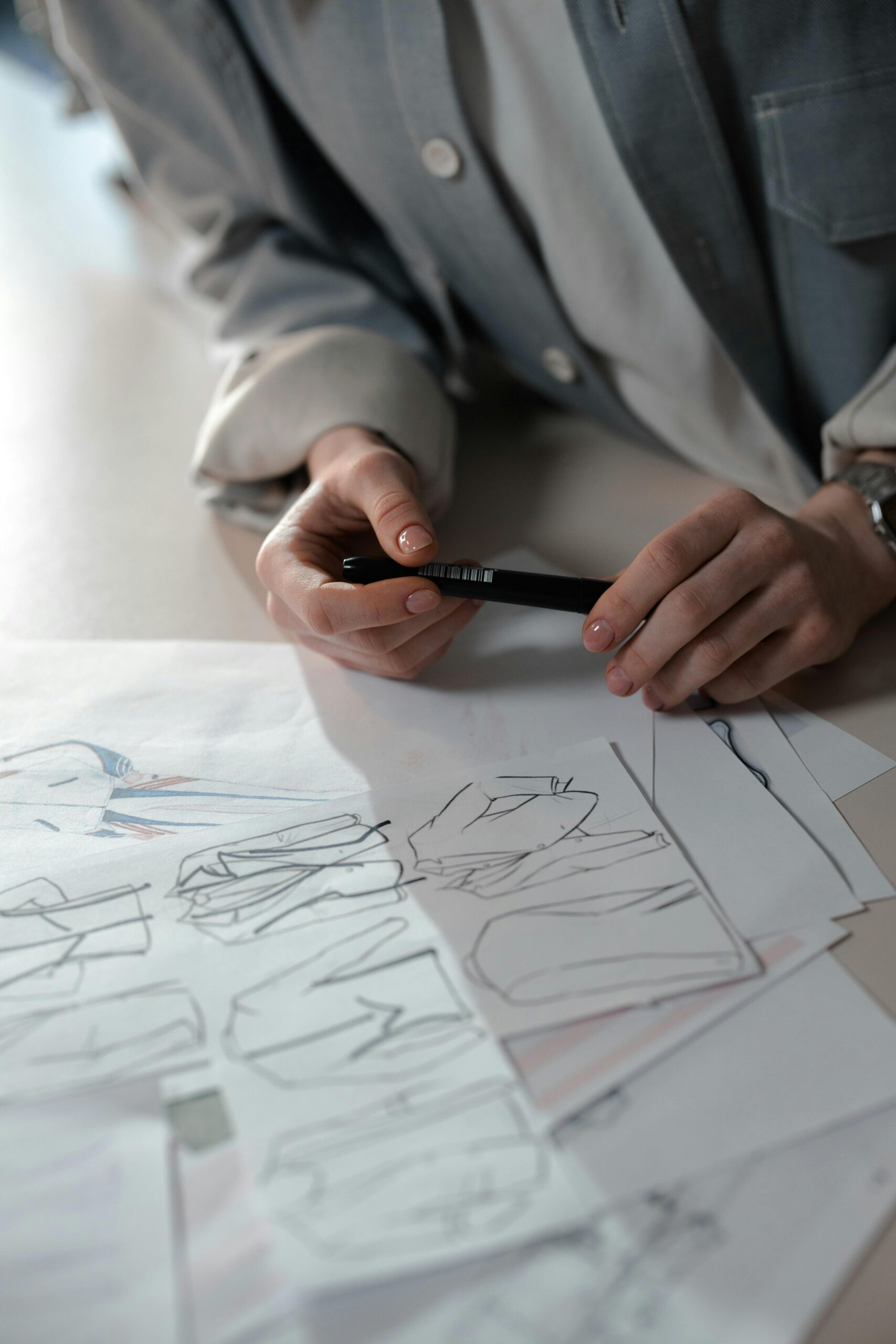
Few things impact customer loyalty more than fit. While branding may get customers to purchase once, fit determines whether they come back again. Too often, new brands skip critical steps in development, relying on personal preferences, influencer feedback, or generic size charts. The result is inconsistent sizing that varies by style or doesn’t align with real body measurements.
What to do instead:
Invest in a fit strategy from the beginning:
- Sampling with precision: Use scientific fit models rather than guesswork.
- Global standards: Reference reliable size data to ensure consistency across regions.
- Technology: Incorporate tools like Alvanon and 3D sampling to refine products before production.
- Consistency: Build a grading system that keeps sizing uniform across every style and season.
When your garments look good and feel right, customers are far more likely to trust your brand, return for future purchases, and recommend you to others.
Your Next Smart Move
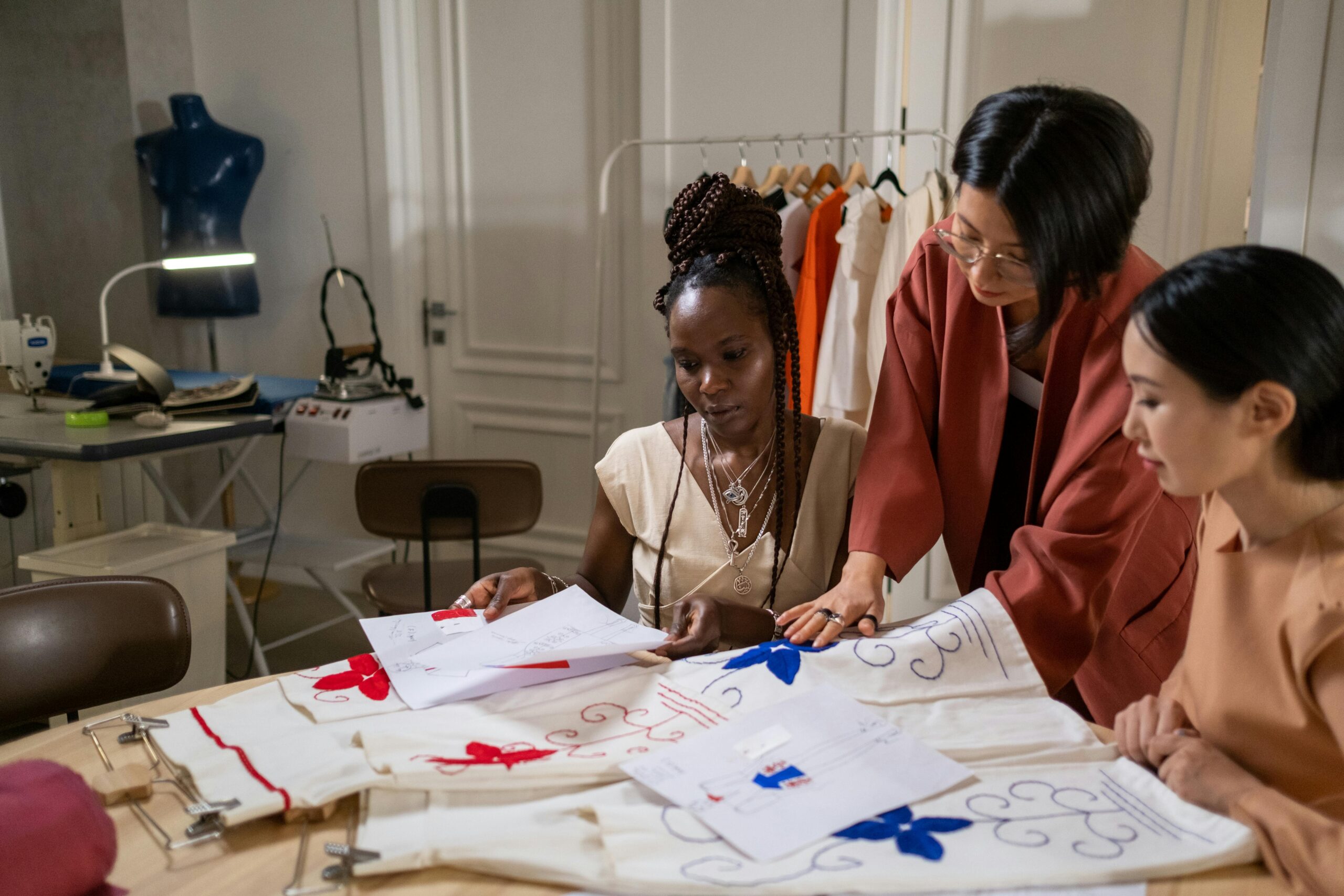 Starting a brand requires equal parts creativity, strategy, and resilience. Success isn’t about avoiding every obstacle, but about preparing thoughtfully and surrounding yourself with partners who can guide you along the way.
Starting a brand requires equal parts creativity, strategy, and resilience. Success isn’t about avoiding every obstacle, but about preparing thoughtfully and surrounding yourself with partners who can guide you along the way.
At Stars Design Group, we specialize in supporting emerging brands by helping transform ideas into collections that are both beautiful and built for growth. From development and fit strategy to marketing and brand planning, our team offers the expertise to help you launch with confidence.
If you’re ready to take the next step in your brand journey, we’d love to help bring your vision to life.
 About Stars Design Group: Founded by industry experts, Stars Design Group global fashion design and production house that helps clients bring their apparel to market. We consult, design, and facilitate production and delivery.
About Stars Design Group: Founded by industry experts, Stars Design Group global fashion design and production house that helps clients bring their apparel to market. We consult, design, and facilitate production and delivery.
Understanding that the apparel industry is about evolution and not revolution, we continue to refine the way the industry does business. Embracing the latest 3D design and development software, we help to refine the design and approval process in a digital landscape, paving the way for rapid decisions and execution of programs while reducing mistakes, improving fit, minimizing returns, and increasing profit margins.
With a network of 67 factories in 14 countries worldwide, our relationships are generations deep. Being diverse in our manufacturing locations, we are nimble in an ever-evolving landscape and provide ethically manufactured apparel and accessories.

